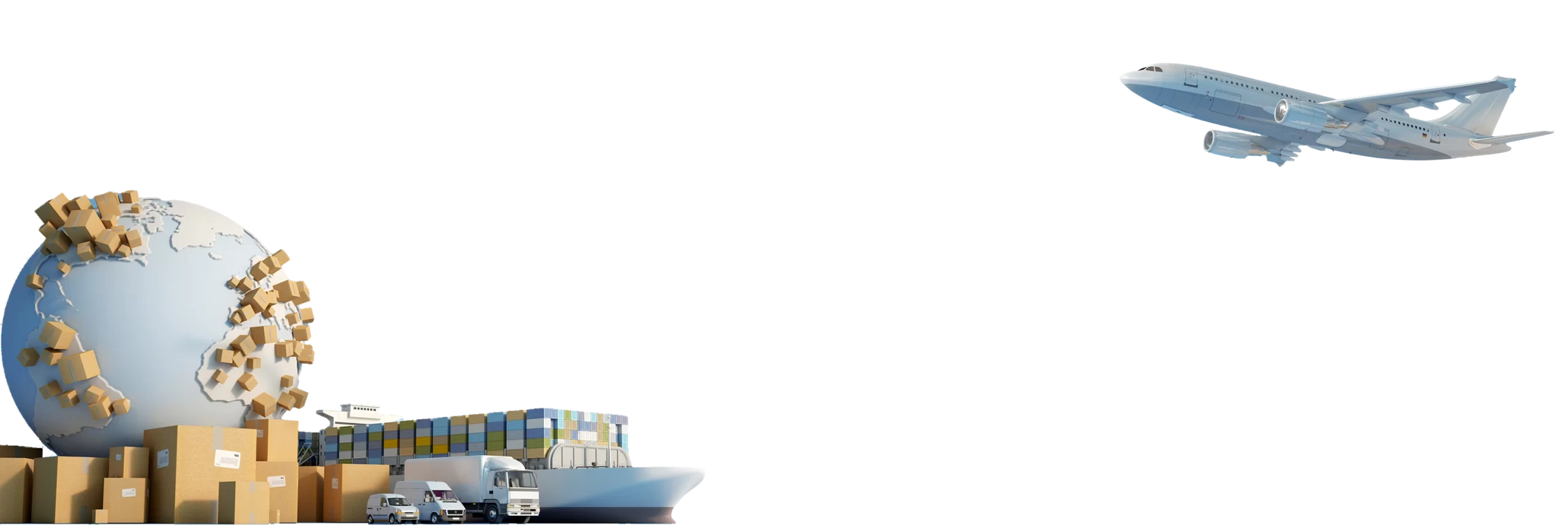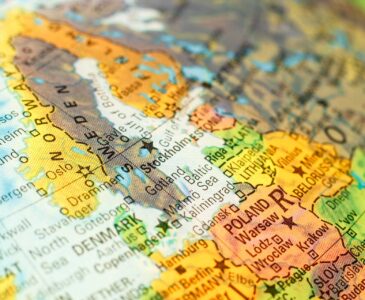Relocating to Denmark means that you will live in one of the happiest countries in the world. But it makes one wonder – why are Danes so happy? Perhaps moving to Copenhagen will give you some insight into how their lifestyle, devoid of unnecessary stress caused by things such as traffic jams, brings up the joy levels.
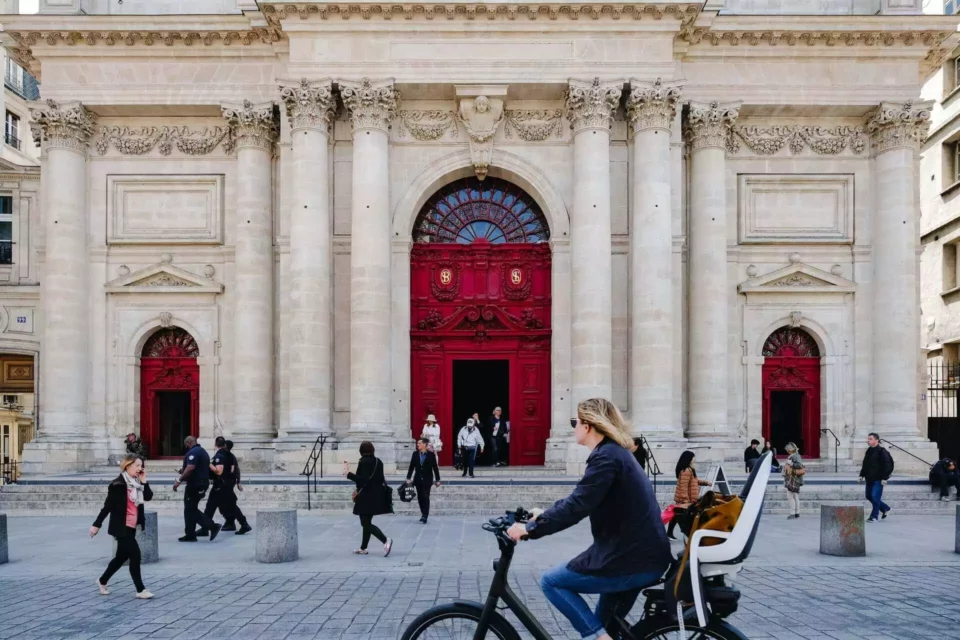
Living overseas in Scandinavia means that you should get used to things like convenience and sensibility (we betcha it will be hard on you.) If you’re relocating to Denmark and, more explicitly, moving to Copenhagen from the US, get ready for moving around with no effort at all while indulging yourself in everything that’s “hygge” (just like coziness, but better.) You’ll be able to enjoy the Danish pastries while riding a bike, which is a common sight to see around here. But before you figure out how to break the language barrier, let’s see what it means to live jam-free.
Let’s Start With the Basics of Transportation
This is one of the best countries to reside in when it comes to the convenience of public transportation, and you can choose several options to get around the city. Using the Metro, buses, trains, and ferries were designed with simplicity in mind. The announcements are in English, and app integration is done mindfully, while the pricing will be based on the distance and zones you pass through.
How the Pricing of Transportation in Copenhagen Works
If you want to learn how to reside abroad in the Danish capital, find a house that will be a perfect home, and also figure out how to get around quickly. You should know that there are nine zones through which you can easily navigate online. While you shouldn’t overthink this, because you will mostly need a two-zone ticket around the city’s limits at the price of 24 DKK or $3.79, here are a few other options:
- Purchase a Copenhagen Card which is an all-access ticket. You can use it to ride on all means of transportation throughout the city’s region, and at the same time, you gain access to the top 87 attractions, such as the museums and Tivoli. It’s available in the form of 24-, 48-, 72-, 96-, or 120-hour tickets both for adults and children. You can choose to order a card or purchase a digital card through an app. The cost for a 24-hour card is $66 for adults and $33.80 for children. Although each adult can take two children up to nine years old with them, free of charge.
- If you need to get a ticket without access to attractions, you can buy a CityPass, a 24-hour ticket that covers the zones from one to four. Its price is 80DKK or $12.60, and half-price for kids.
- When you reside in one of the best places to reside abroad with family, you’ll spend some time roaming around the country outside of the place you’ve chosen to settle in. So, if you wish to visit some areas outside of the city’s limits and make a day trip, you have an option to purchase a 24-hour card that has access to all zones. Its price is 150 DKK ($24) for adults and children from 12 to 15; it’s 75 DKK ($12.)
- Although a less preferred option, as it is not the economical one, is the FlexCard. It covers trips around the capital for seven days, and it’s pretty expensive for occasional trips at the price of 620 DKK ($98.)
- The final option is a smart card used by locals, so it is a good option for anyone who wants to live in another country and has Denmark in mind. This type of ticket is called a Rejsekort card, and you need to tap it right before you get on board.
After you’ve decided which ticket will work best for you, you should get to know the most popular means of public transportation.
Living in Denmark Is Simpler Because of Its Metro Lines
The Metro in the capital is comfortable as well as futuristic because it is a driverless system. Since relocating overseas includes learning to get around a place, you can start by figuring out how the Metro connects different neighborhoods. The city announced the next planned expansion in 2024, so the already convenient means of transportation will get even better. You can see a more thorough explanation of the Metro system in the following video.
Take a Bus and Enjoy the Views
Learning to get around a city is necessary, primarily if you’ve managed to get a job in Europe as an American and you’re in unknown surroundings. When it comes to the Danish capital, traveling around by bus is an excellent way to take in every part of the city, see every house, and enjoy the architecture. On top of it, they are efficient, clean, and regularly arrive on time so that you can rely on them. They are available 24/7, and you can buy the ticket directly on the bus or, more conveniently, through an app.
Trains Can Get You a Little Farther
The trains, or S-tog as they are locally known, are the suburban trains that interconnect with metro lines. They span over seven routes and are convenient if you are headed to see the castles in Helsingor or the Louisiana Museum of Modern Art. The tickets from the Metro and buses will also cover your ride on the S-tog; you only need to be mindful of the zones through which you travel.
Travel by the Most Pleasant Way Available – By a Harbor Bus
Anyone that has arrived with an international overseas shipping company during the Corona pandemic has been under a lot of relocating stress, and what better way to overcome it than by taking a ride up and down the main canal. Yellow harbor buses can take you from the southmost stop at Sluseholmen to the north district of Refshaleøen that houses a famous outdoor food hall. They are available from 6:25 AM to 8:25 PM on workdays and from 10 AM to 8:30 PM on weekends.
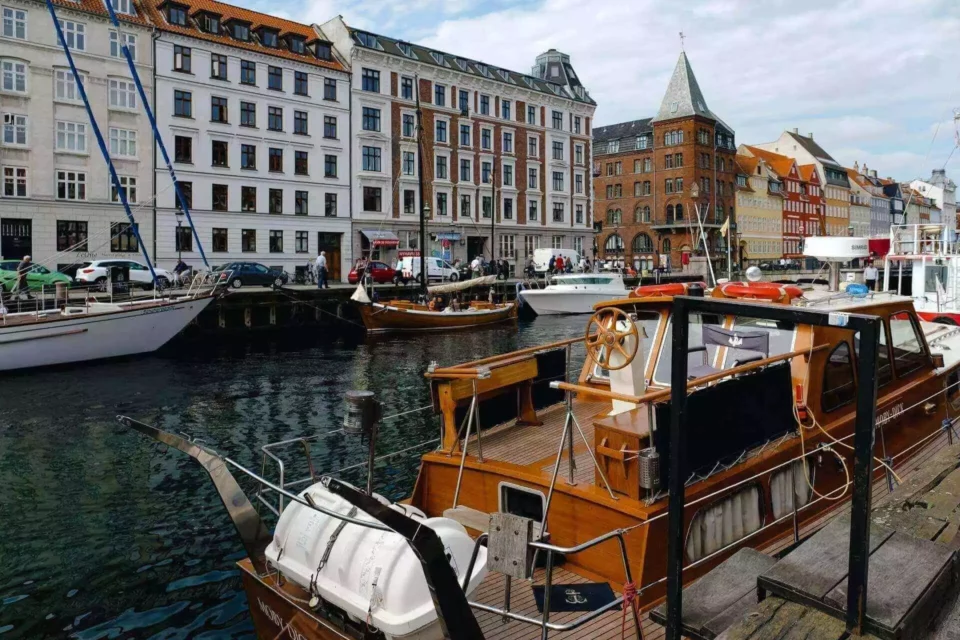
Are There Any Perks of Owning a Car in Copenhagen?
As an American moving to Copenhagen, you probably want to invest in international vehicle shipping and bring your car with you. But after getting informed on just how efficient public transportation is, you are probably wondering whether it’s needed. Owning a vehicle will make it easier for you if you want to travel.
After all, you can visit Germany, as Hamburg is just a bit over 200 miles away from the Danish capital, and Berlin is about 270 miles. You can use passenger ferries which can transport both travelers and vehicles to Germany, Norway, and Poland.
You should only check which documents are needed to travel abroad and drive in a foreign country. You’ll probably need an international driver’s license, but make sure to check the requirements.
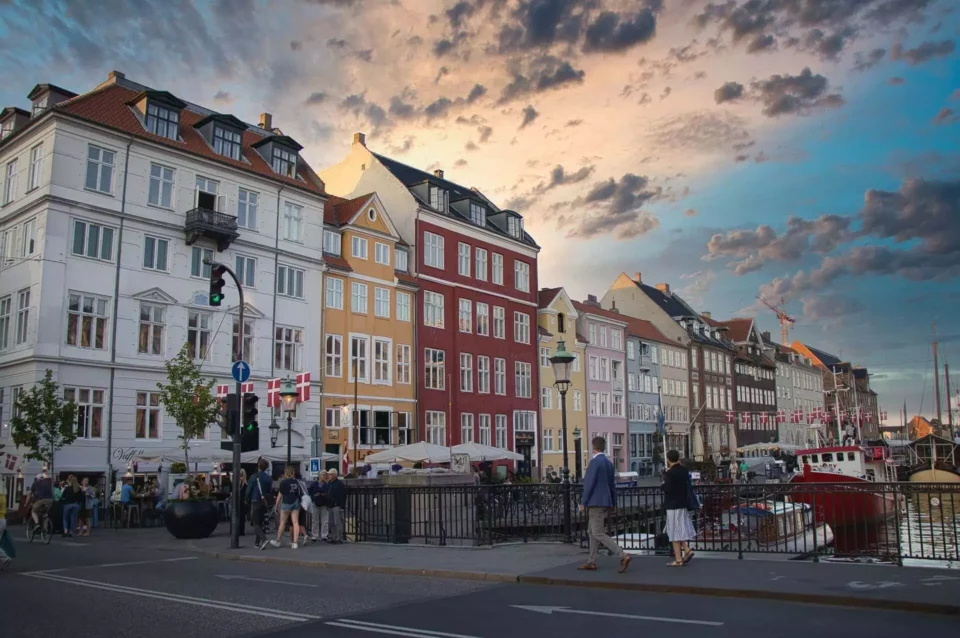
When You Live in Copenhagen, Owning a Bicycle Is a Must
Danes are not only known for their hygge or pastries, but for their love of cycling, too. Nine out of ten residents here own a bicycle, while Copenhageners cycle around 900,000 miles daily. This is due to the fact that 49% of all commuting to work or school in the capital is done by bicycles. That’s why if you own a bicycle and you’re relocating with an international moving company, don’t leave your two-wheeler in storage service. Instead, use their packing service and let it be among the things they pack when relocating abroad, so you can have it delivered to your new home.
Let’s Hear It for Some Cycling Statistics
This is one of the best places to reside in Europe with a family, and you’ll love this statistic even more – around half of all the children aged between eleven to fifteen use bicycles to get to school. Kids who arrive at school this way can focus for four hours per day more than children who arrive by car.
Copenhagen’s residents cycle up to two miles a day, and people on bikes are responsible for 38% of the street-level shop turnover in the Frederiksberg district. On average, people living in the Danish capital own five times more bicycles than motor vehicles, and 26% of the city’s families that have two kids own a cargo bike.
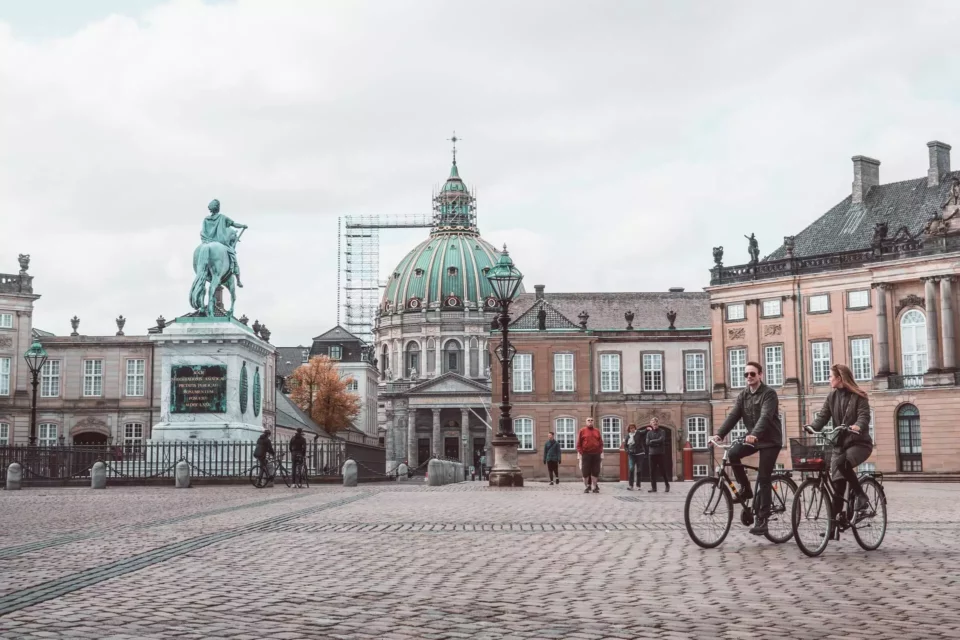
Simple Infrastructure Makes Life in the City Easier
Denmark is one of the best places to reside abroad when it comes to love for cycling. This is supported by the simple fact that the country has invested and keeps investing in infrastructure that allows safe and convenient use of bicycles. They have not only built bicycle tracks called cycle superhighways but also separated them by curbs. There’s also a designated space for parked cars next to the driving lane, and it keeps cyclists even more secure.
Copenhagen’s Lanes Are Interconnected With Bridges
When we think about how a metro system works, we all understand it has to be connected and intertwined with other means of transport to be successful. It’s no different with bike lanes and routes. There was only one problem – the whole capital is bisected by a large harbor and many smaller canals, so there were plenty of bridges to be built. And now, let’s see how they’ve overcome it and why we believe this is one of the best European countries to reside in.
How They Improved Getting Around the Capital
The Danish government has invested more than $315 million in 338 bike-related projects between 2009-2014. When the Bryggebroen (the Quay Bridge) was built to connect Havneholmen to Islands Brygge, experts estimated that there would be around 3,300 bicycle crossings per day. Instead, after a few months, the bridge has kept seeing over 9,000 daily crossings, and of that number, about a third were car drivers.
This means that smart infrastructure has improved the cycling culture of the capital and created new biking trips. If Danes are enjoying it so much, make sure you pack your bike when relocating across the world so you can indulge in this lifestyle, too.
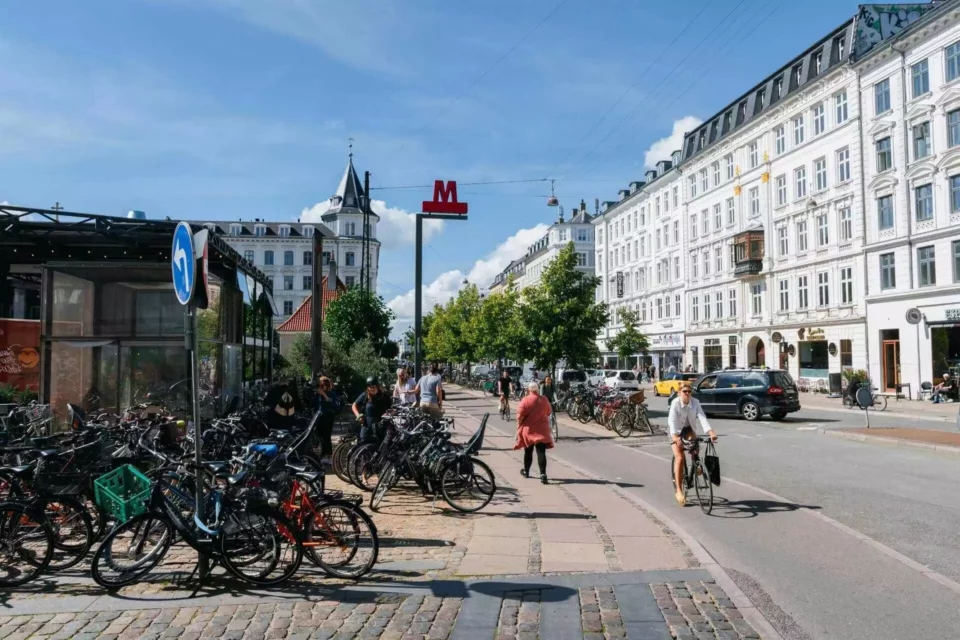
Danish People Cherish the Outdoors More Than Nightlife
There’s one more reason why cycling is so popular among Danes – like all the other Scandinavian nations, and they too enjoy their outdoors and the stunning natural sites among which they live. Exploring nature is perfect if you’ve moved with dogs, as they’ll enjoy walks, and Denmark is full of things to see, which are not that far away.
If we focus on the Danish capital only, we have a few suggestions. You can visit the Red Square which is, you guessed it, red! You can use the swings and punch a few sandbags or play ping-pong. There are also activities for kids (yes, these were all for adults) so they can be occupied simultaneously. If you’re into wakeboarding, there’s an opportunity to do it in the harbor. You won’t be dragged by a speedboat, though. Instead, you’ll be pulled by a cable system. Sounds like good fun? Make sure you put this experience on your relocating abroad checklist.

Moving to Copenhagen Means You’ll Have Less Stress and More Happiness in Your Life
You’ll make no mistake if you decide to invest in international moving services so you can prepare for moving overseas to Scandinavia. Bicycles, nature, relaxation, hygge, and true happiness – there are many things you’ll grow to love about the capital and the whole of Denmark. And once you start settling in, you won’t believe you were able to endure traffic jams and all the stress that came with living in large urban cores. Instead, while riding a bike and crossing the harbor, you’ll feel like a true Dane and a European in one of the friendliest countries in the world.

